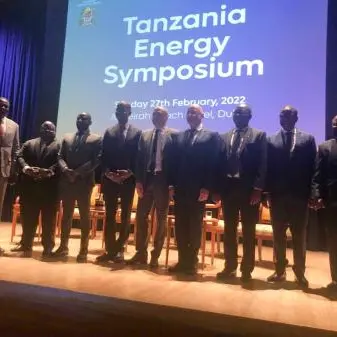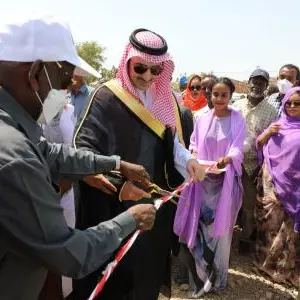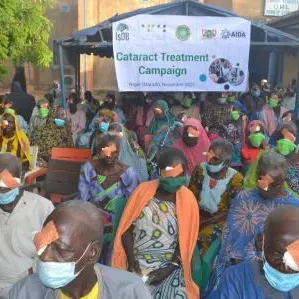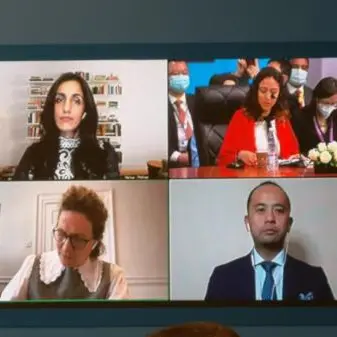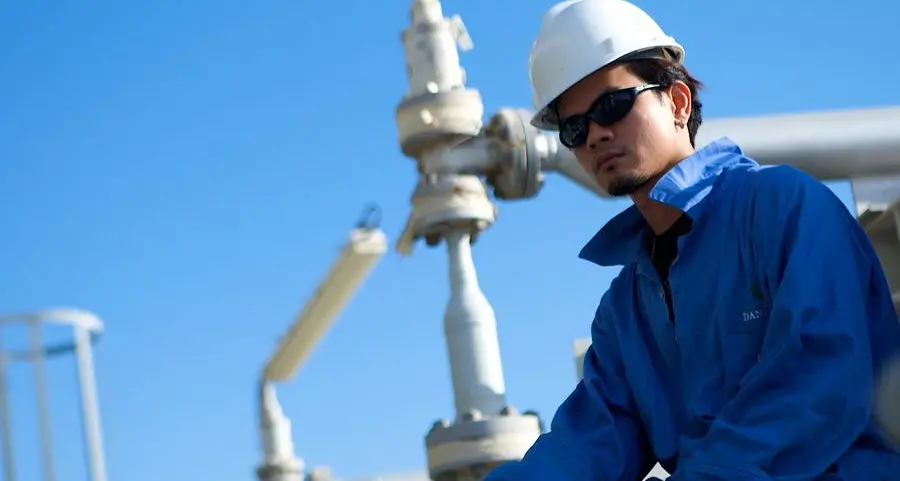
By NJ Ayuk, Executive Chairman, African Energy Chamber
For Libya’s oil industry, 2022 has been quite the roller-coaster ride so far.
Largely due to political instability, the nation with the world’s largest proven oil reserves (48 billion barrels) saw crude oil production plunge from 1.2 million barrels per day (bpd) to a paltry 100,000 bpd last spring before surging back to 1.2 million again in August.
Unfortunately, these dramatic ups and downs are nothing new for Libyan oil production. I wrote about a similar cycle more than a year ago, around the time we were finalizing the African Energy Chamber’s 2021 Africa Energy Outlook report. In that case, the plummet down to less than 100,000 bpd was the result of a blockade mounted by the Libyan National Army (LNA), a militia headed by Field Marshal Khalifa Haftar. The chamber was hopeful at the time that the root cause of the blockade — conflict between the LNA and Libya’s interim government at the time, Government of National Accord — could be resolved. Representatives of both administrations eventually struck a deal, and NOC resumed production.
Unfortunately, the steady flow of oil was short-lived, as evidenced by what we’ve seen in 2022.
This latest round of complications was unfolding as the African Energy Chamber was preparing to release The State of African Energy Q2 2022. As a result, our report presents two possible scenarios. One — a case with continued cycles of unrest — estimates that oil production will average around 985,000 bpd for the remainder of 2022 and possibly average 1.15 million bpd in 2023.
The other scenario — in which Libya realizes long-term political stability — is for production to climb as high as 1.8 million bpd by 2024.
I truly would like to see Libya achieve — and even exceed — that second scenario. I’d like the country to enjoy a long season of stability and for Libyans to reap the socio-economic benefits of steady oil revenue, beginning with job creation and entrepreneurial opportunities.
Whether those things will happen is unclear.
A Season of Unrest
The current problems plaguing Libya’s oil industry are very similar to those of the past: Two competing national governments have been attempting to take control of the country’s oil reserves. Since late last year, tensions have been growing between the parliament-elected government in the eastern region of the country, the Government of National Stability (GNS), and the United Nations-backed Government of National Unity in the capital city of Tripoli, in northwest Libya. GNS is under the leadership of Fathi Bashagha and supported by the camp of Marshal Khalifa Haftar, who was behind the blockades of fall 2020. GSU is led by Prime Minister Abdul Hamid Dbeibeh.
A national election scheduled for December never took place, and neither government has shown any willingness to step down.
As far as Libya’s oil goes, production this year has been impeded by one problem after another:
March: Civil unrest forced the stop of crude production from Libya’s largest oil fields,
El Sharara and El Feel, March 3-8, leading to an average outage of approximately 100,000 bpd for the month.
April: Numerous ports, along with El Sharara and El Feel fields, were shut down April 17 in response to protestors, including members of tribes affiliated with Field Marshal Hafter. Protestors demanded that Prime Dbeibeh step down, and they called for National Oil Corporation (NOC) Chairman Mustafa Sanalla, strongly associated with Dbeibeh, to be replaced.
The April shutdowns decreased Libyan production by 290,000 bpd for the month.
May: Clashes broke out after Prime Minister Bashagha tried to take control of the government from Dbeibah.
June: Libyan Oil Minister Mohamed Oun acknowledged that the country’s total oil output was down by approximately 1.1 million barrels with nearly all oil and gas activity in the eastern portion of the country shut down. Wafa field in the southwest, producing 40,000 bpd, was the only field producing continuously.
July: Early in the month, Libya’s four main fields were down, along with four oil ports, and the country’s crude exports were down to 365,000 and 409,000 bpd.
But, before the month was over, Libya’s oil crisis appeared to be turning around.
Dbeibah’s administration appointed a new chairman of NOC to replace Sanalla, who’d led the state-owned company since 2014. NOC’s new chairman is Farhat Bengdra, formerly head of a bank in the United Arab Emirates, who is considered an ally of Haftar. That move seemed to be enough to appease protestors aligned with him, and the blockades came to a stop.
Within weeks, production was back at 1.2 million bpd
Can Libya Sustain Its Current Production?
Libya’s ability to sustain this rate of production remains uncertain. The country still has not had an election, and the problem of two administrations has not been resolved.
I won’t attempt to make a prediction beyond what the chamber’s 2Q report says. I’ll only say that Libya has great potential to create a better life for its people within its grasp. I hope the nation realizes this potential while it can.
Distributed by APO Group on behalf of African Energy Week (AEW).
